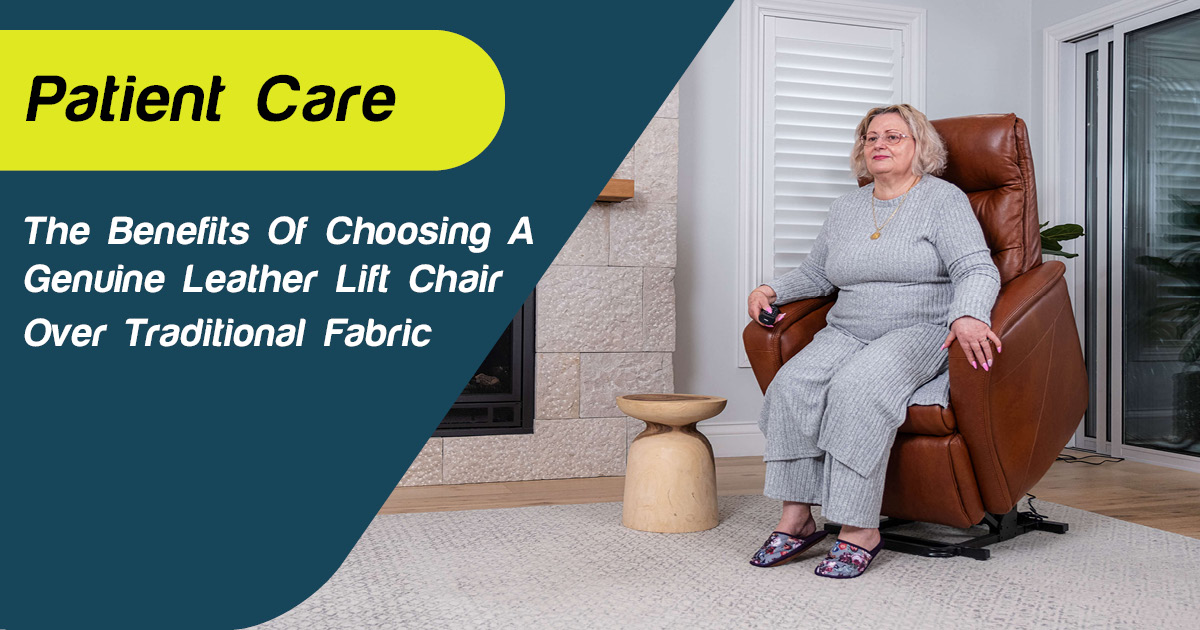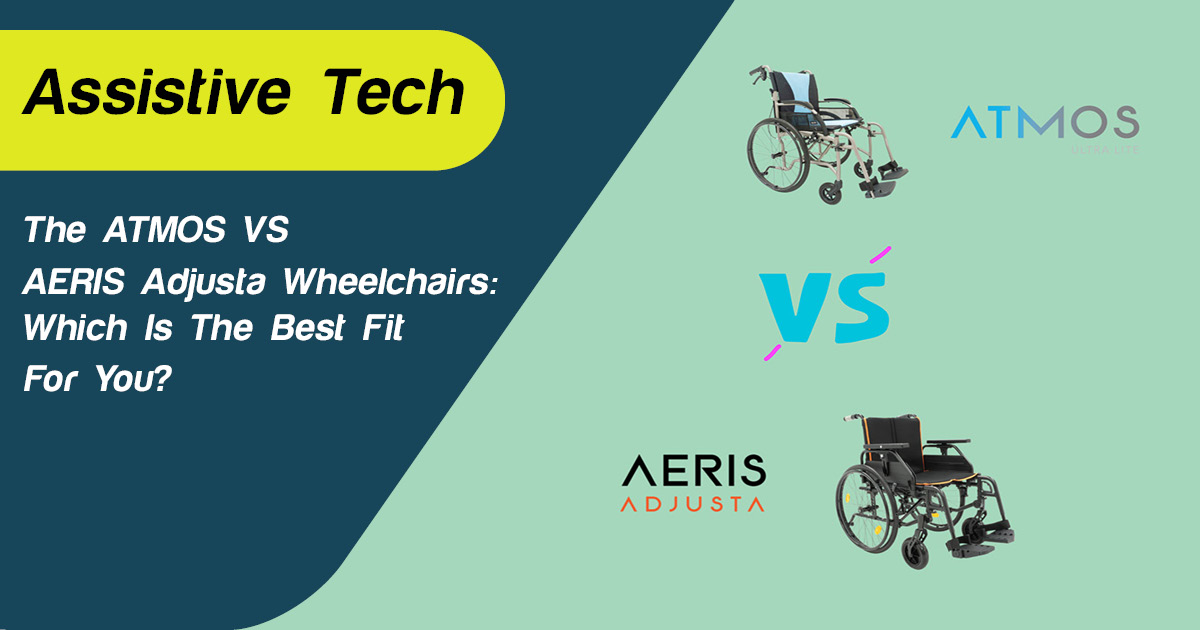
Share
Lifting slings and hoists are mobility aids that help nurses and carers at home or in medical settings to transfer patients who need assistance moving from point A to point B. Slings and hoists are used in combination with one another and are a powerful means of enhancing patient care.
While lifting slings are a valuable, easy-to-use tool, it’s crucial for care providers to handle patient lifting slings with caution. There is a significant risk that comes with having to lift any weight above 20 kilos and any mishandling can result in injury to the patient as well as the carer. All caregivers should be fully educated in the proper handling of lift slings to ensure the safety of everyone involved.
At Active Mobility, we’re committed to improving patient care around Australia, so we’ve put together a quick safety guide for using lifting slings. Read on.

Read through the sling's instructions carefully
Lifting slings come with different instructions and specifications depending on their stated purpose and the care provider must be fully acquainted with them. Find out the maximum weight that your lifting sling can handle and note specific instructions for different types of mobility issues.
Avoid lifting your patient directly off the floor
If the patient falls to the ground, lifting them directly off the floor can increase the risk of injury. We do not recommend attempting this. Instead, if possible, move the patient to a chair, a bed or any other kind of platform before placing them into the sling.
Extra care should be taken if the hoist needs to be used as a floor lift. The patient may be required to roll with assistance to fit the sling underneath them and may require some head/neck support with the addition of a pillow, especially if the patient has a spinal injury. This will make them more comfortable as you position them into the sling.
Always communicate with the patient
Patient safety and comfort should always come first. One way to secure these is by engaging the patient in open and honest communication that allows them to talk about their needs. Work with your patient and make it a two-way process to make sure that they’re comfortable in the sling.
When they’re in the sling, ask them how they feel and adjust the sling accordingly. Encourage them to be open about how they feel and if there’s resistance, you can shift your strategy and determine if there might be an emotional or psychological cause.
Go slow and steady while handling your patient
You need to be calm and steady when lifting a patient onto a lifting sling. The aim should always be to maximise the patient’s comfort and minimise the risk of harm. We recommend going at the patient’s pace and measuring each step carefully — if needed, you can slow down, take a moment to relax and work with the patient to complete the process.
Patient comfort should be your number one priority in any setting. Lifting slings are one way to achieve this in cases with lifting and transfer issues but the effectiveness of the sling depends on the skills of the carer.
Invest in a quality lifting sling from Active Mobility
Active Mobility provides a complete set of lifting slings and other mobility solutions for people with disabilities and the elderly. They are suitable for nursing homes, hospitals and private residences and cater to various needs.
If you’re unsure which sling is right for your patient, we can provide expert recommendations and advice. Contact us today, or book a showroom appointment to see our lifting slings in action! Our team can give you a tour of our showroom and show you how to safely and effectively use a lifting sling.









